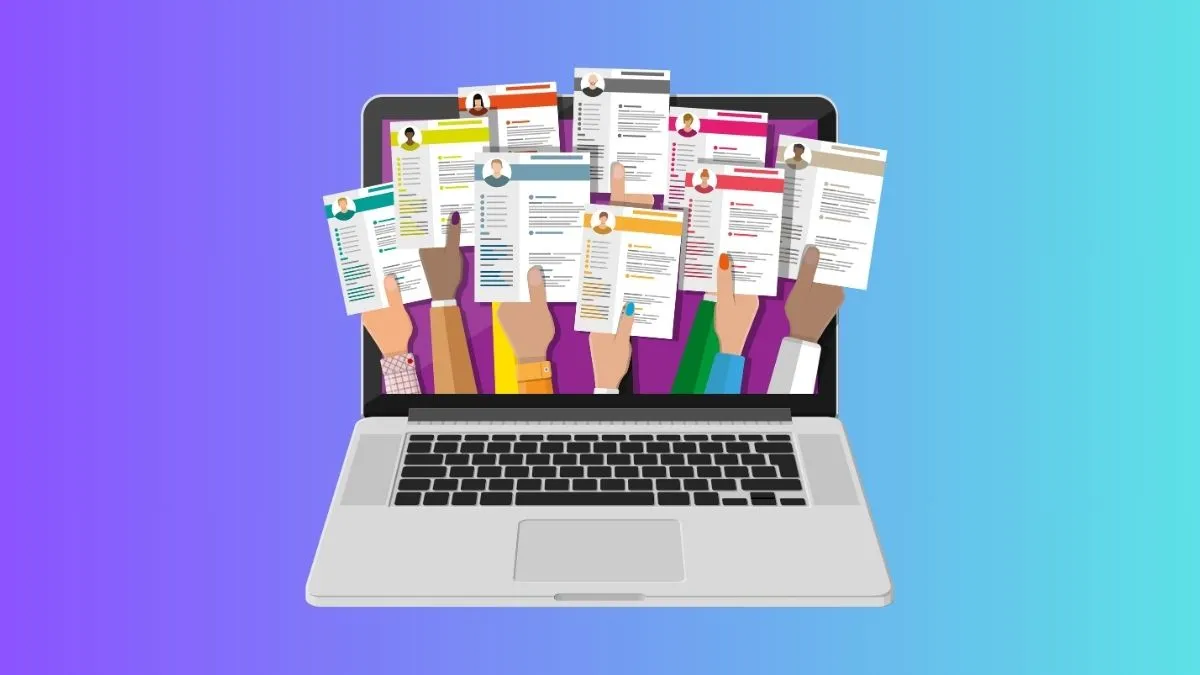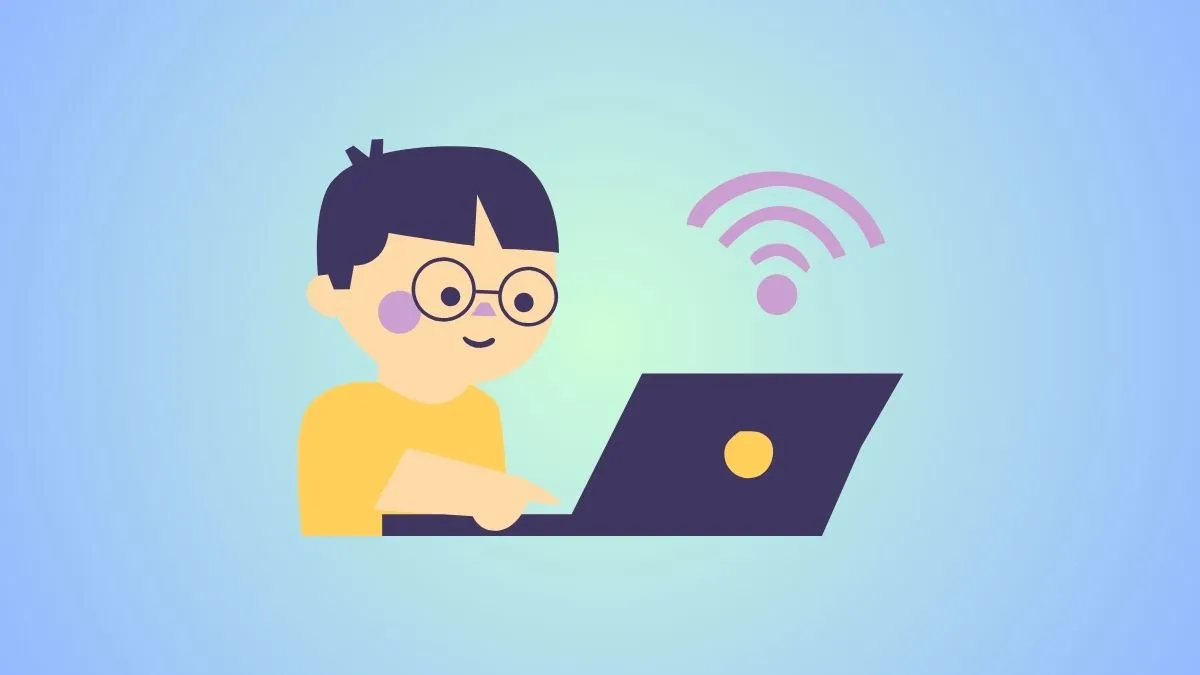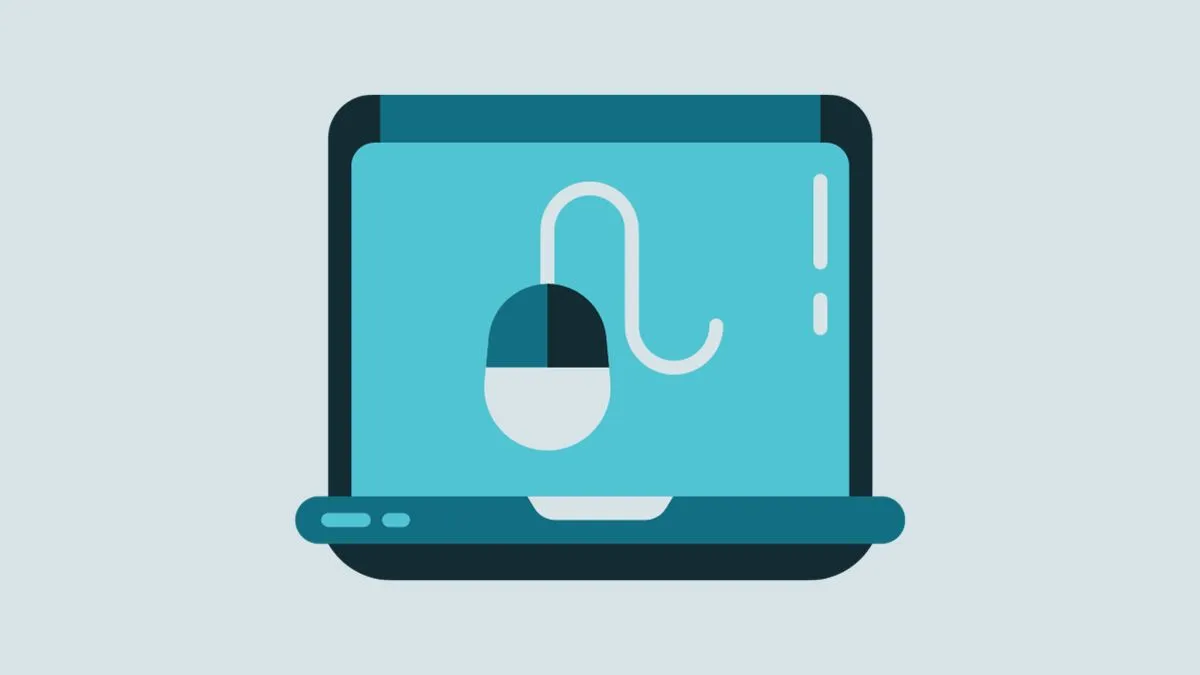The basic unit of information in quantum computing is called a quantum bit, or qubit for short. A qubit is the fundamental building block of quantum computers and can represent two states simultaneously – a 0 and 1 at the same time.
This is made possible by utilizing properties of quantum mechanics such as superposition and entanglement. In comparison, classical computers use classical bits to store and process information in binary form – a 0 or 1 at any given moment.

Quantum Bit: The Foundation of Quantum Computing
Quantum computing is a revolutionary field that has the potential to transform various industries, from finance and healthcare to cryptography and artificial intelligence.
At its core, quantum computing is based on the principles of quantum mechanics, which allow for the manipulation of particles at the smallest scale to perform calculations and solve complex problems. And at the heart of this powerful technology lies the quantum bit (qubit).
Related post: Which situation is a current example of a use case in quantum computing?
What is a Quantum Bit?
To understand qubits, we must first understand classical bits. In classical computing, a bit can have two possible states – 0 or 1. This binary notation is the basis of all classical computing and allows for the representation and manipulation of information in a digital format.
On the other hand, qubits can exist in multiple states at once, thanks to superposition – a principle where two or more quantum states coexist simultaneously.
Superposition: The Key Property of Quantum Bits
Superposition is what sets qubits apart from classical bits and is the defining principle of quantum computing. In simple terms, superposition allows a qubit to be in multiple states at once, making it extremely powerful when it comes to processing information.
This property opens up a whole new world of possibilities for solving complex problems that would take years or even centuries for traditional computers to solve.
Entanglement: The Secret of Quantum Computing
Another key property of qubits is entanglement, a phenomenon where two or more qubits can become correlated in such a way that the state of one qubit affects the state of the other, even when they are physically separated.
This means that by manipulating just one qubit, we can affect the state of another and use this correlation to perform calculations and solve problems that are impossible for classical computers.
Building Quantum Computers: The Challenge of Maintaining Qubits
One of the biggest challenges in quantum computing is maintaining the state of qubits. As qubits are extremely sensitive to external influences, any interference or noise can cause them to lose their superposition or entanglement properties.
This makes it difficult to scale up quantum computers to have a large number of qubits, limiting their computational power.
Different Types of Qubits
There are several physical systems that can be used to implement qubits, each with its own advantages and disadvantages. Some examples include:
- Superconducting circuits: These use superconducting loops to create qubits and are the most widely used technology in current quantum computers.
- Trapped ions: These use charged atoms to create qubits and are known for their long coherence times, making them ideal for performing complex calculations.
- Photons: These use the polarization of photons as qubits and have the advantage of being able to travel through optical fibers with minimal interference.
Applications of Qubits
The unique properties of qubits make them well-suited for a variety of applications in quantum computing, including:
- Cryptography: Qubits can be used to create unbreakable encryption methods that are impossible for classical computers to decipher.
- Optimization problems: As qubits can exist in multiple states at once, they can efficiently solve optimization problems such as finding the shortest path between two points or optimizing resource allocation.
- Machine learning: Qubits can be used to improve machine learning algorithms, making them more efficient and capable of handling larger datasets.
Conclusion
In summary, qubits are the basic unit of information in quantum computing and have properties that allow for powerful computation and problem-solving. They make it possible for quantum computers to perform calculations at an unprecedented speed and tackle problems that are impossible for classical computers.
With ongoing advancements and research in quantum computing, qubits are set to play a crucial role in shaping the future of technology and transforming various industries. So, it is essential for us to continue exploring the vast potential of qubits and harnessing their power for innovative applications.





